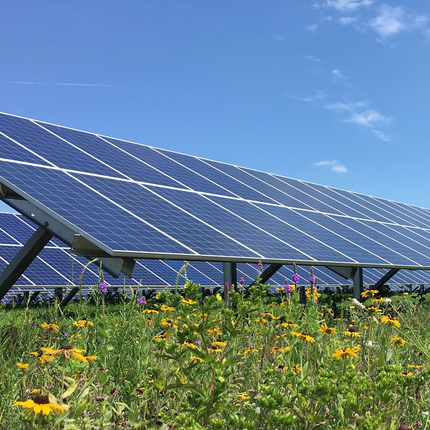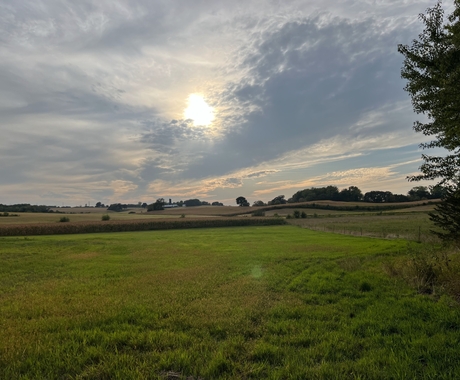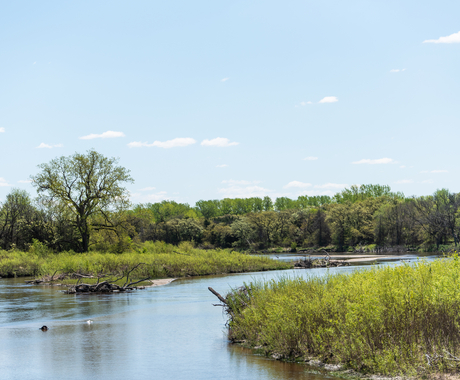Heidi Kolbeck-Urlacher, policy associate, heidiku@cfra.org, 605. 240.0039; Teresa Hoffman, policy communications associate, teresah@cfra.org, 402.687.2100 ext. 1012; or Rhea Landholm, brand marketing and communications manager, rheal@cfra.org, 402.687.2100 ext. 1025.
LYONS, NEBRASKA – Renewable energy offers economic benefits to rural areas and counties where projects are typically located, including direct payments to landowners that establish a new, steady source of income.
Additionally, projects, such as solar energy, generate new tax revenue for South Dakota’s counties and communities, according to a new fact sheet from the Center for Rural Affairs.
“The creation of these new revenue streams from solar and other renewable energy sources allow counties to continue funding essential services and institutions, such as schools and emergency services,” said Heidi Kolbeck-Urlacher, policy associate for the Center.
“South Dakota Solar Energy Tax Revenue” provides an overview of taxes paid by owners of solar energy facilities, including the nameplate capacity and production taxes.
“With the state’s first utility-scale solar projects coming on-line in the next few years it’s important to take note of how these projects are taxed and the kind of revenue they will bring to the counties they are located in,” Kolbeck-Urlacher said. “A 100 megawatt solar facility has the potential to generate more than $400,000 in annual tax revenue, with a majority of those funds being allocated to the counties, townships, and schools where those projects reside.”
Click here to download the fact sheet.
Feature photo provided by the Center for Pollinators in Energy.





